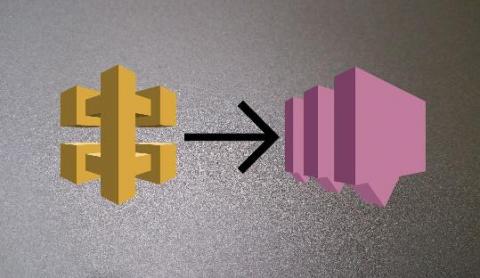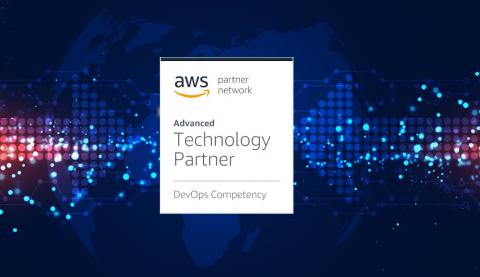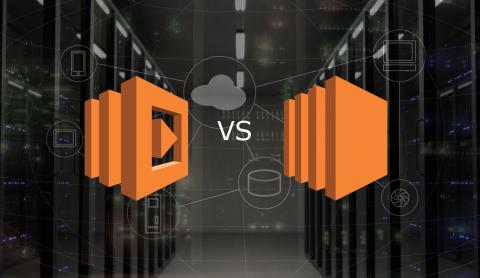Migrating from IOpipe to Lumigo
You’ve no doubt heard that IOpipe has been acquired by New Relic (congratulations to both). As part of the acquisition, New Relic has said it intends to retire the IOpipe platform in the next 30 days. If you’re currently relying on the IOpipe platform to monitor and debug your serverless application you have an important decision to make. One option is to try out New Relic’s serverless monitoring functionality.





